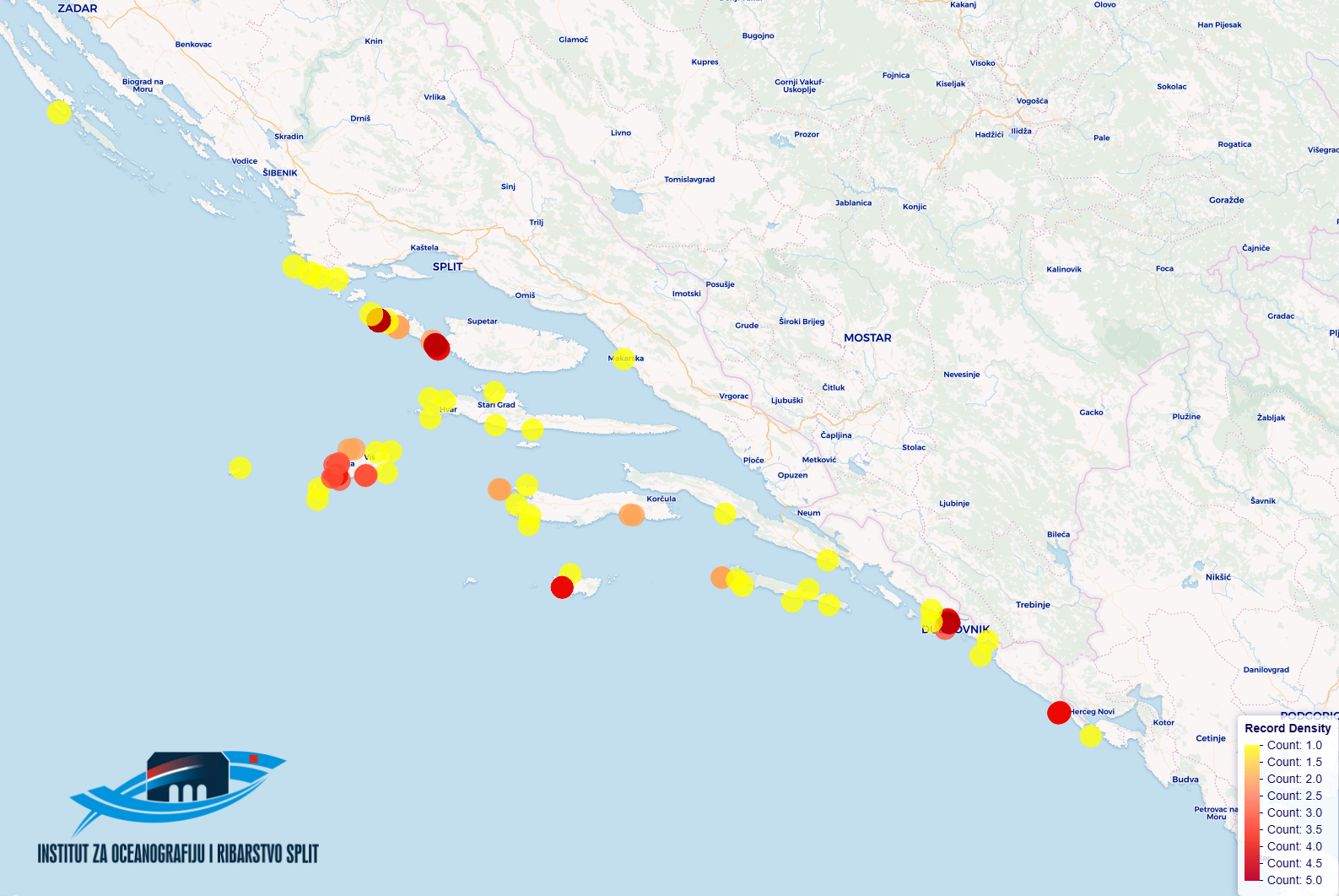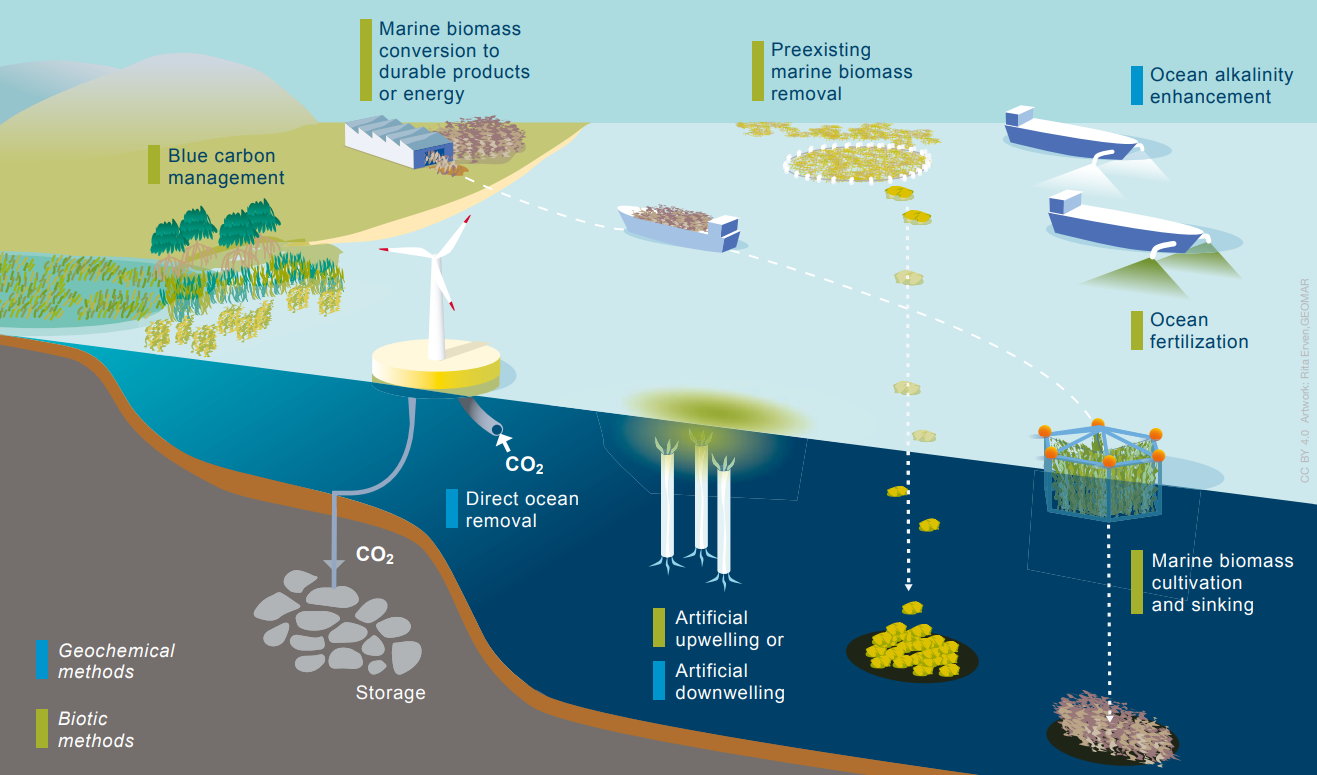We have already written several times about the lionfish (Pterois miles). As you might expect, its presence was initially shy and few people had the opportunity to see it in our underwater world. But this year was a turning point.
Our institute has been monitoring the presence of alien species for many years. In addition to our own research and in collaboration with other institutions, we continuously collect data by interviewing fishermen, monitoring social networks and media publications, and through the same channels we also try to raise awareness of the issue, which often leads to very important phenomena in the general population.
As the northernmost area of the Mediterranean, the Adriatic has so far been spared serious invasions by alien fish species (although not by other groups of organisms). However, the increase in sea temperatures brings with it a number of challenges that we will have to face in the coming period. The conditions required for the permanent establishment of alien and invasive fish in our ecosystem are slowly becoming a reality. Until recently, we had not recorded a single alien fish species more than a dozen times, over several years. But this year we have recorded over a hundred sightings of the lionfish.
This year it has spread rapidly in the southern and central Adriatic and will almost certainly remain there. It is a fish that is harmful to local ecosystems due to its abundant feeding on native fish species and its extremely rapid spread. Since mainly smaller specimens were recorded this year, it can be assumed that its colonization occurred through the transport of larvae from more southern areas where larger populations of this fish have established themselves.
We have already written in previous posts that controlling its population, as well as other invasive species, can help reduce the impact of humans on the marine ecosystem as a whole, i.e. the conservation and recovery of populations of predatory species that feed on it (e.g. grouper, octopus). Targeted fishing is also a way to reduce its impact by controlling its numbers in certain areas. We will not get rid of it, but we can adapt. Fortunately, it is a fish that has economic and gastronomic potential and its meat is considered a delicacy.
As we expect the number of lionfish catches to increase, we would like to warn once again of its potential danger. It is important that you approach this fish with caution. All the spines on its body are venomus and the sting causes extremely severe pain with the possibility of more serious symptoms, so we recommend that you seek medical attention if you are stung. As with other venomus fish in the Adriatic, the venom is thermolabile, meaning that it can be neutralized by heat. It is best to immerse the stung area in warm water at 40-45°C for 30-90 minutes immediately after the sting and take care not to burn yourself.
You can see the current status of their spread on our coast according to the available and processed data.
We would like to thank all those who have come forward, those who have posted them publicly on social media and those who have given us more information about their finds through our contact. We also invite you to continue reporting.
We definitely have a fight on our hands against the lionfish!
We also attach a video of the lionfish that we recorded during our research in the Mljet region.
(video: dr. sc. Ante Žuljević).




